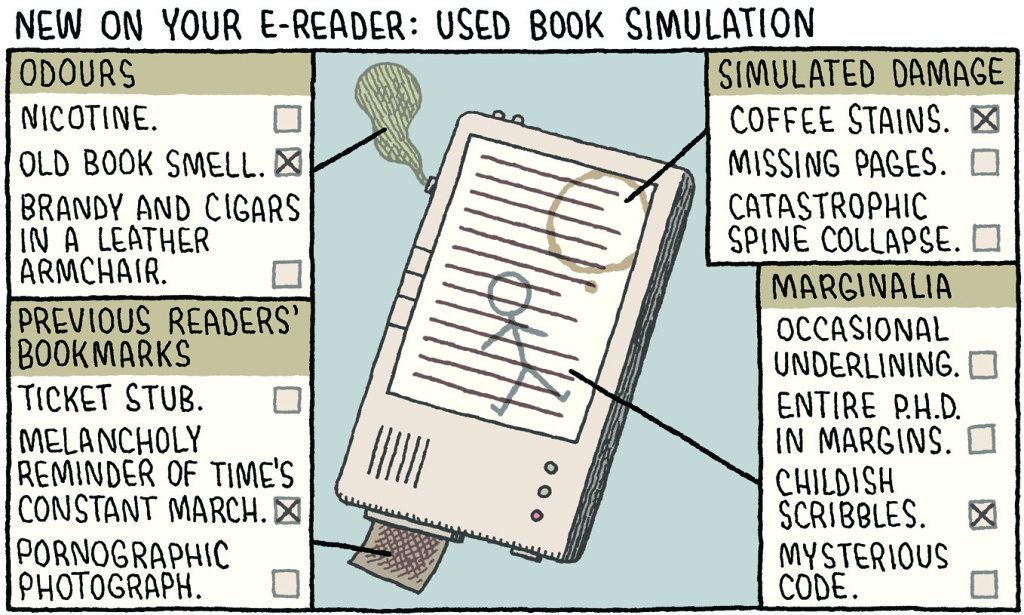All Pelican books are available to read online. Read the first chapter for free, and unlock the full book for £4.99.
In 1936, Allen Lane, the founder of Penguin, overheard a woman at a bookstall in King’s Cross station asking for ‘one of those Pelican books’. Presumably she meant a Penguin, but Lane, concerned that his competitors might snatch up bird names, decided to launch a new flock of non-fiction books. The Pelican imprint was born.
Costing no more than a packet of cigarettes, and aimed at the true lay reader, Pelicans combined intellectual authority with clear and accessible prose. As the first British publisher of intelligent non-fiction at a genuinely low price, Pelican became an informal university for generations of Britons. With books on economics and history, art and literature, philosophy and culture, Pelican was, according to the Spectator, ‘a decisive influence on the growth of public understanding of the world.’ Over nearly half a century, the series sold more than 250 million copies, becoming, in Lane’s words, ‘the true everyman’s library for the twentieth century’.
In 2014, after nearly three decades in retirement, Pelican was reborn. In its new incarnation Pelican continues the same mission: to publish truly accessible books from authoritative and award-winning writers on a wide range of essential subjects. Continue reading “Pelican Books”

